
- Home
- Photography Tours
- Diary / Blog
- Galleries
- Foreign Trips
- Tasmania 2016
- NE Queensland 2016
- Western Alps 2016
- NE Spain 2016
- Australia's Wet Tropics 2015
- Australia's Top End 2015
- SW Australia 2015
- Switzerland 2015
- Andalucia 2015
- Belize 2015
- Australia 2014
- Switzerland 2014
- Belize 2014
- Bahama Islands 2014
- Switzerland 2013
- Ecuador 2012-2013
- Florida 2011-2012
- Vancouver Island 2011
- Australia 2010
- Peru 2008
- Bulgaria 2007
- Lesvos 2006
- California 2006
- New Zealand 2005
- Extremadura 2005
- Goa, India 2004
- The Gambia 2003
- About
Northeastern Spain
April / May 2016
Part 7 : Les Aiguamolles d'Emporada continued
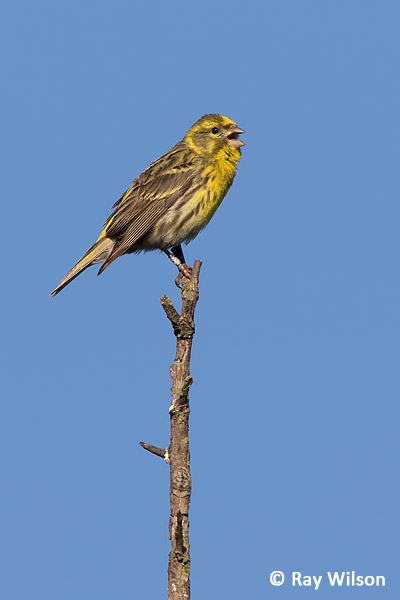
European Serin (Serinus serinus)
For me, the real stars of the Emporada wetlands were the unusually cooperative Cetti's Warblers and Nightingales.
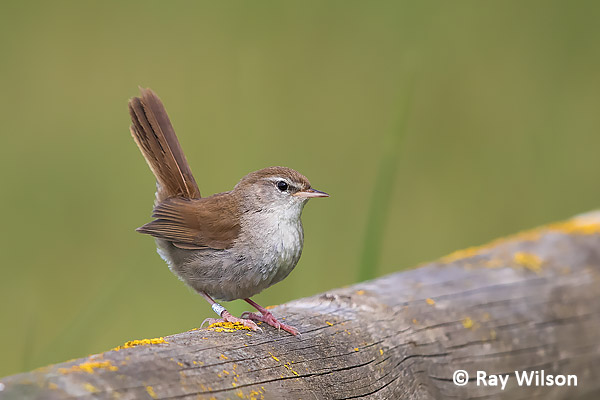
Cetti's Warbler (Cettia cetti)
Over the years, I have spent many, many hours patiently waiting beside bushes where one of these 2 common, but extremely secretive, species were singing, waiting for them to show themselves. Only very rarely do they pop out into the open and when they do it is usually only for a second or two so you more or less have to be a mind reader to anticipate when and where they are going to appear.
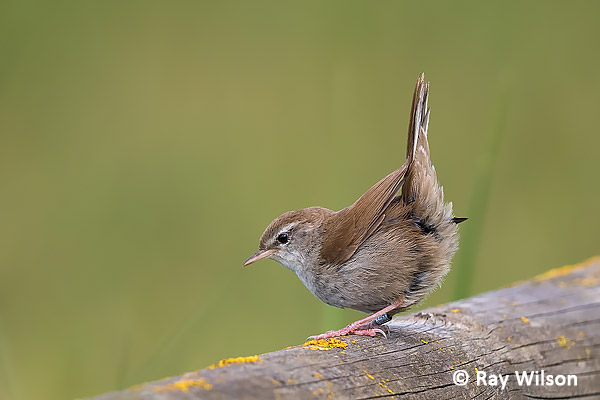
Cetti's Warbler (Cettia cetti)
At Emporada their behaviour is very different and they can both regularly be seen out in the open foraging along the side of the busy main path, especially in the late evening when the disturbance from foot traffic has dropped. It still wasn't all that easy to get good photos of them as they didn't very often allow me to get close enough but, with a bit of patience and positioning myself in the right spot and waiting for them to come to me, I ended up with several nice shots.
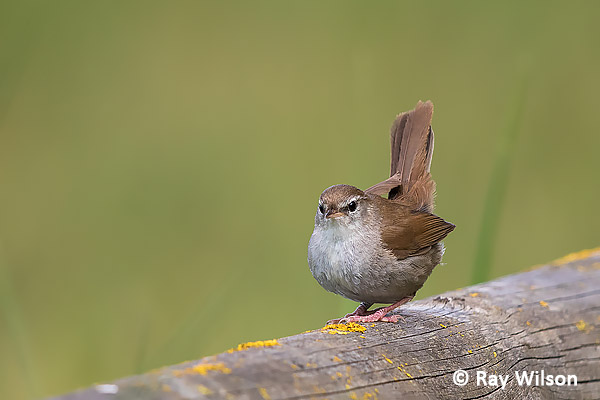
Cetti's Warbler (Cettia cetti)
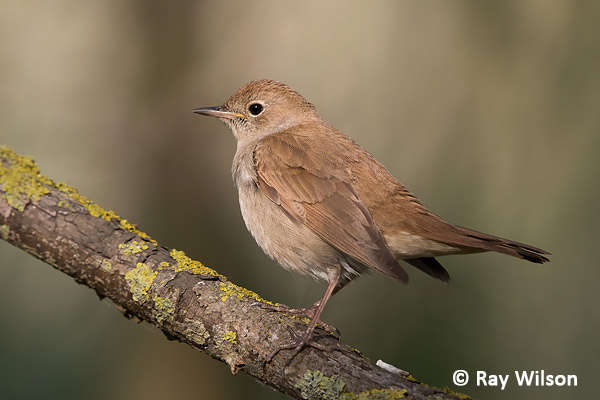
Common Nightingale (Luscinia megarhynchos)
Detecting the presence of Nightingales in Spain is not difficult as they are extremely common and in many places it sometimes seems that they can be heard singing from practically every bush in the area. Catching a glimpse of this skulking little thrush, however, is not easy. Seeing one bouncing around on the path in front of you, behaving like a Robin, is like having Christmas and my birthday wrapped into one!

Common Nightingale (Luscinia megarhynchos)
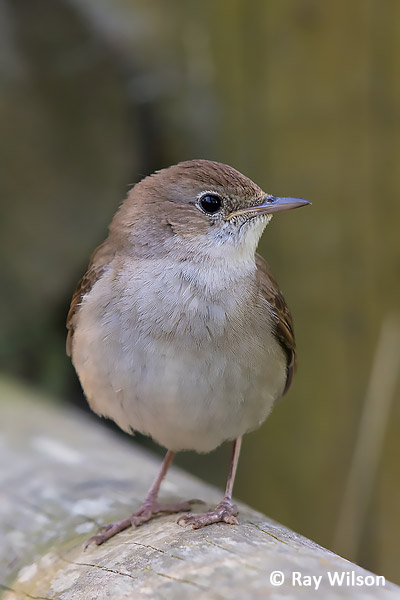
Common Nightingale (Luscinia megarhynchos)
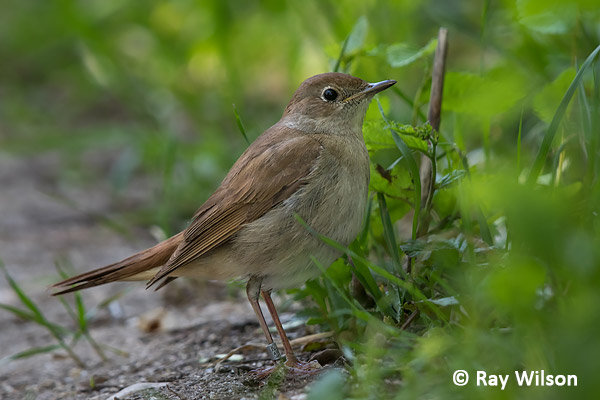
Common Nightingale (Luscinia megarhynchos)
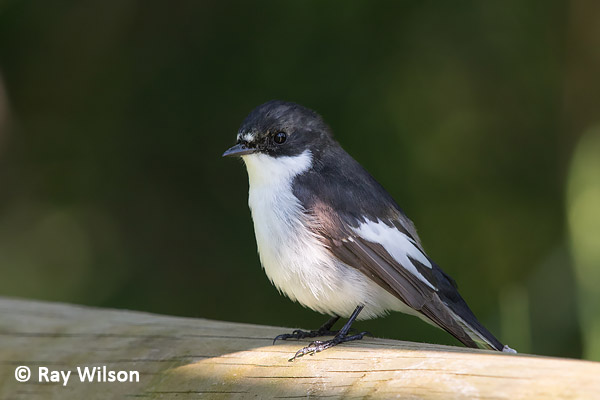
male Pied Flycatcher (Ficedula hypoleuca)
A large number of Pied Flycatchers were passing through at the beginning of the week, but had all departed a few days later.
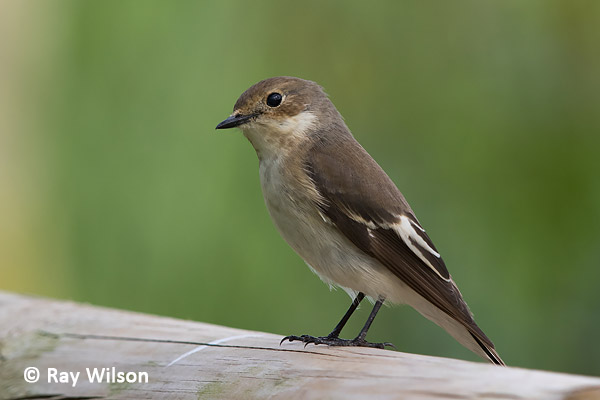
female Pied Flycatcher (Ficedula hypoleuca)
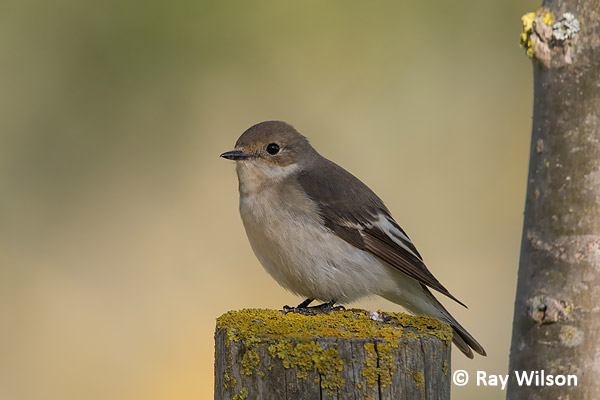
female Pied Flycatcher (Ficedula hypoleuca)
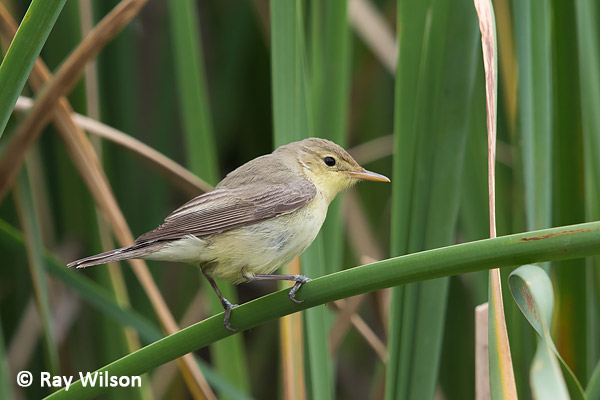
Melodious Warbler (Hippolais polyglotta)
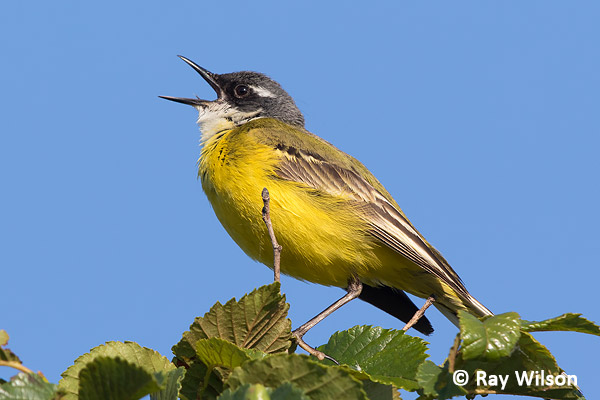
"Iberian" Yellow Wagtail (Flava flava iberiae)
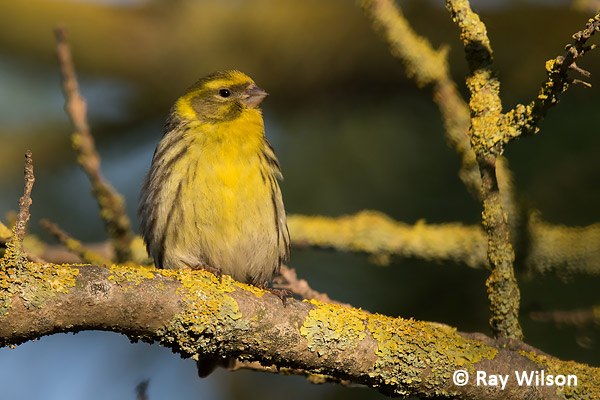
European Serin (Serinus serinus)
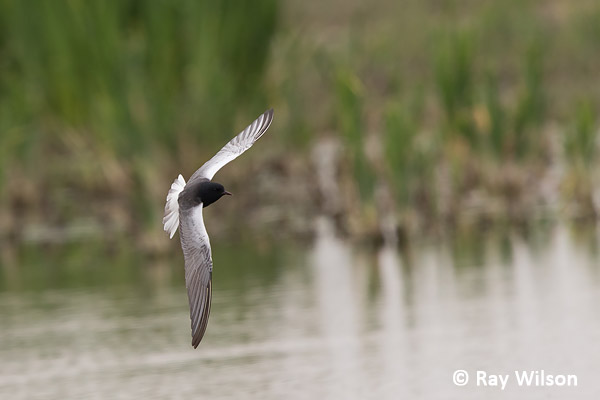
White-winged Tern (Chlidonius leucopterus)
I was a bit surprised when I spotted this White-winged Tern quartering over one of the lagoons one afternoon towards the end of my stay. Spain is outside of their normal range and they are quite rare migrants there.
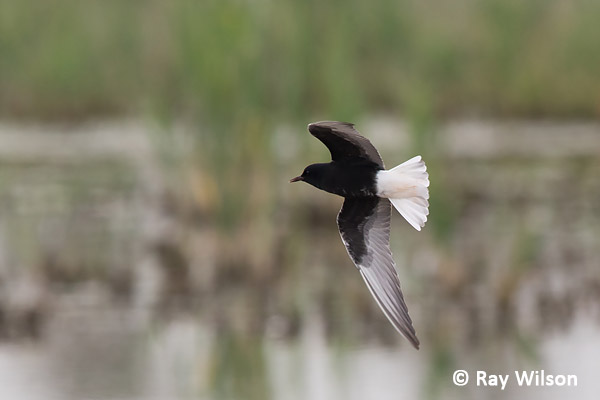
White-winged Tern (Chlidonius leucopterus)
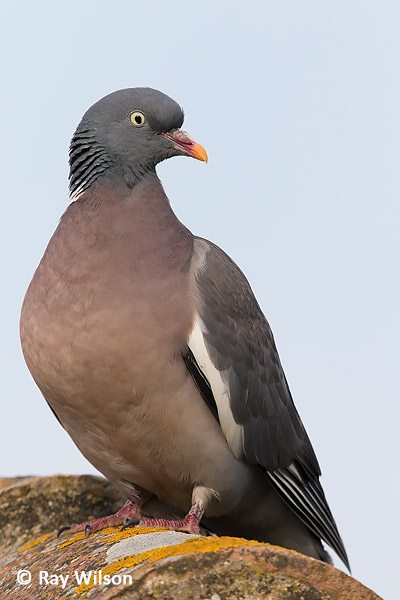
Woodpigeon (Columba palumbus)
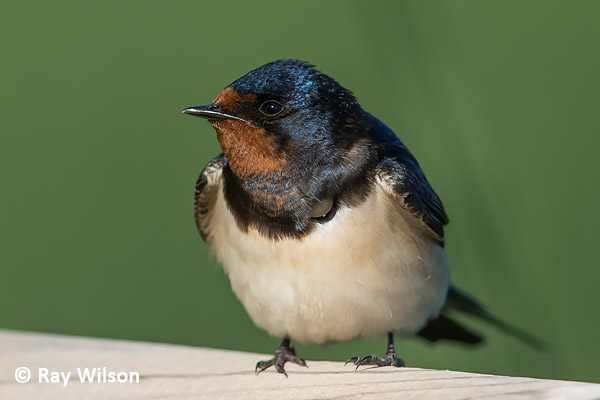
Barn Swallow (Hirundo rustica)
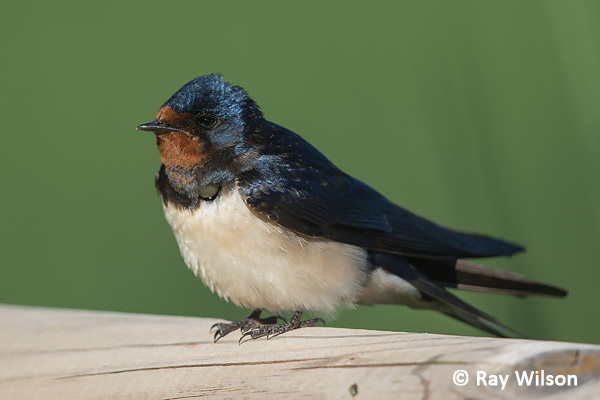
Barn Swallow (Hirundo rustica)
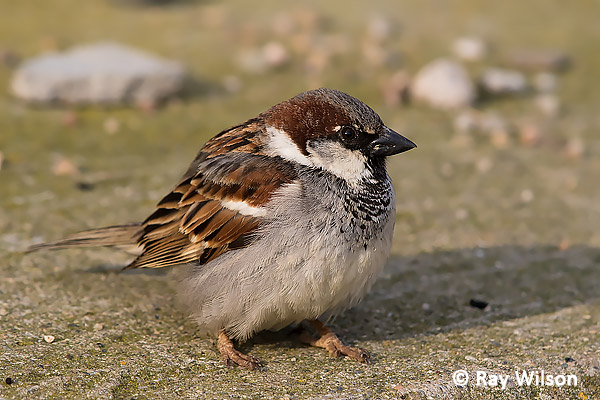
male House Sparrow (Passer domesticus)
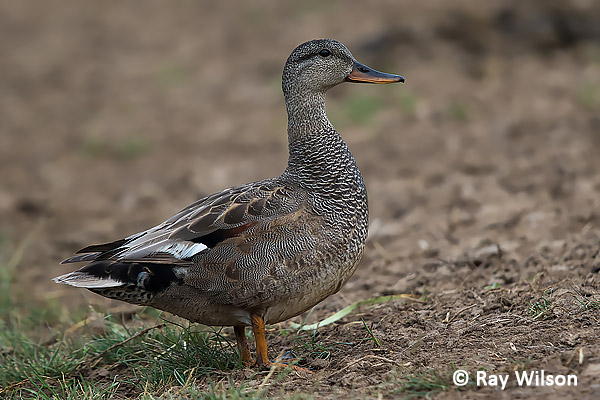
male Gadwall (Anas strepera)
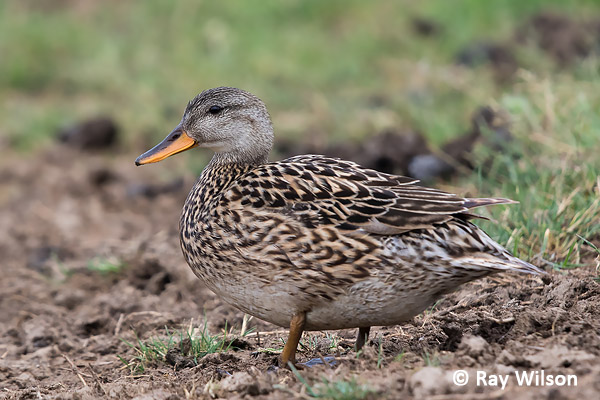
male Gadwall (Anas strepera)

European Bee-eater (Merops apiaster)
A Bee-eater colony, only a few hundred metres from the main visitor's centre, was unfortunately just a little bit too distant from the path to be able to get decent, frame-filling photos.
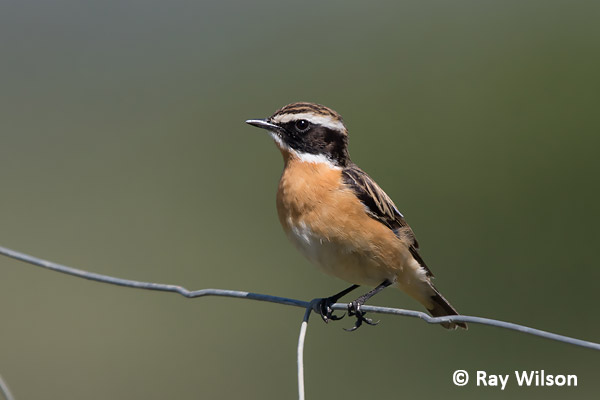
Whinchat (Saxicola rubetra)
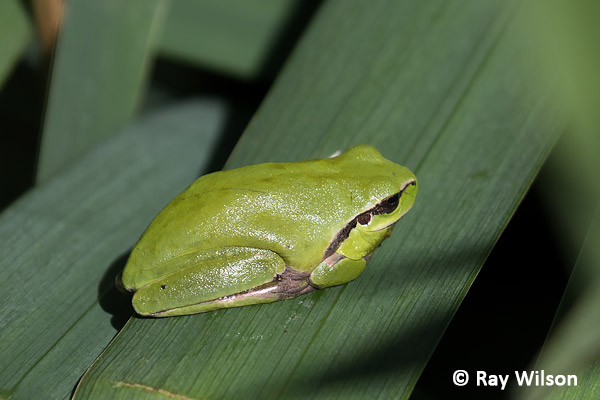
Stripeless Tree Frog / Mediterranean Tree Frog (Hyla meridionalis)
After a night of heavy rain, several beautifully camouflaged treefrogs were resting in a patch of iris leaves next to one of the boardwalks.
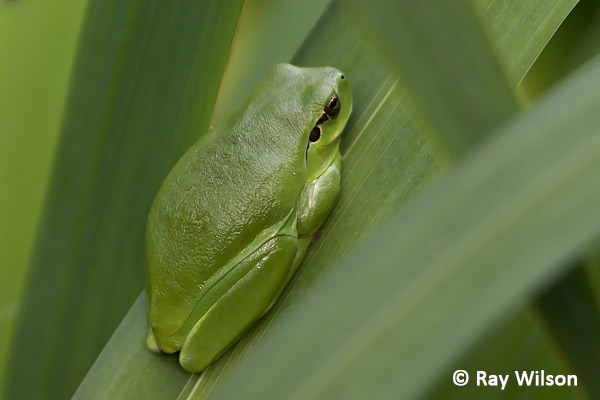
Stripeless Tree Frog / Mediterranean Tree Frog (Hyla meridionalis)
A Slow Worm was found basking on the path early one morning. Slow Worms are often mistaken for snakes, but are in fact completely harmless legless lizards.
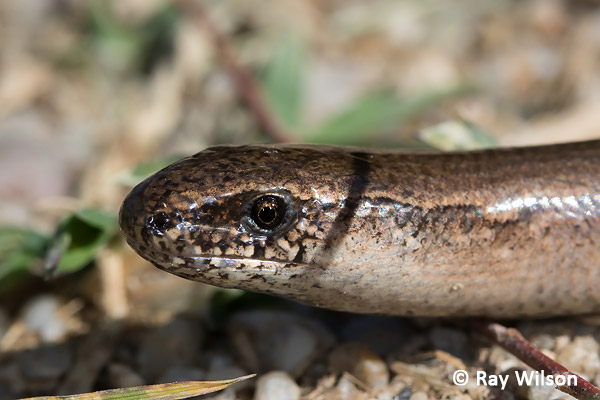
Slow Worm (Anguis fragilis)
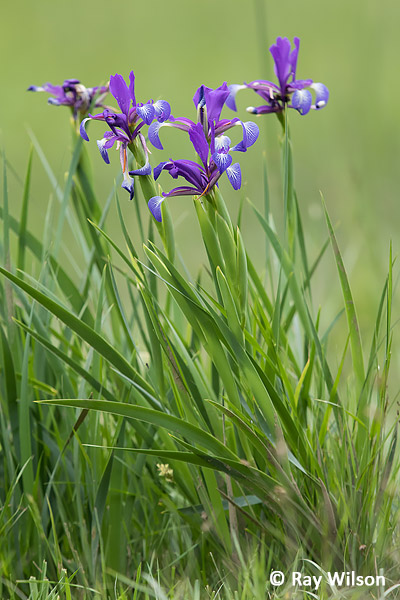
Spanish Iris (Iris xiphium)
Ray Wilson owns the copyright of all images on this site.
They may not be used or copied in any form without prior written permission.
raywilsonphotography@googlemail.com